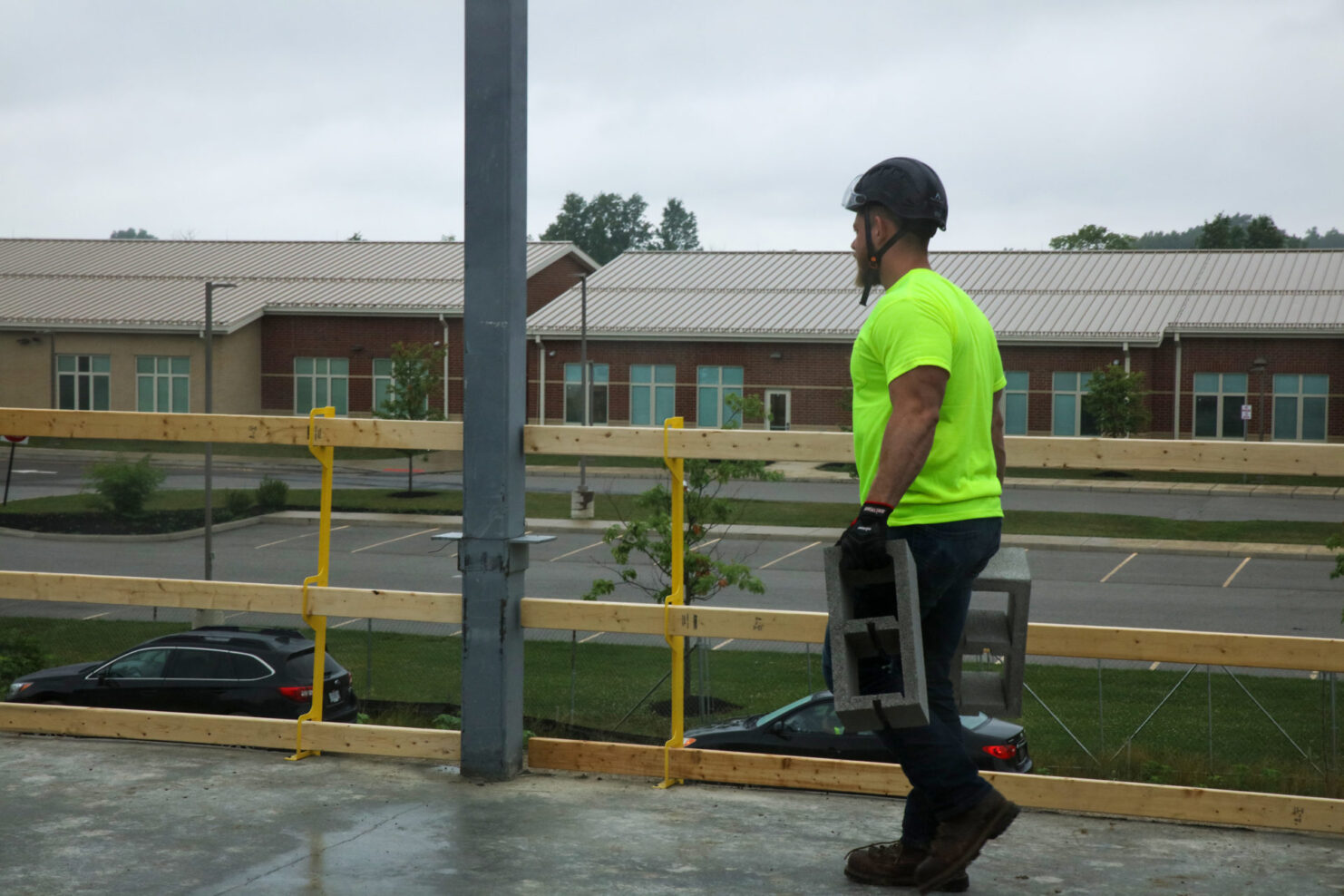Construction sites are dynamic environments where safety is paramount. Among the various hazards, falls remain one of the leading causes of injuries and fatalities. Implementing effective fall protection measures is not just a regulatory requirement but a moral imperative to ensure the well-being of workers.
Understanding Portable Guardrails
Portable guardrails are temporary safety barriers designed to prevent falls at construction sites. Unlike permanent installations, these systems are modular, allowing for quick assembly and disassembly as project needs change. They are particularly useful for protecting open edges, roof perimeters, and floor openings during construction activities.
Key Features of Portable Guardrails
- Modular Design: Portable guardrails consist of individual sections that can be connected to form a continuous barrier. This modularity allows for customization to fit various site configurations.
- Tool-Free Installation: Many portable guardrail systems are designed for quick assembly without the need for specialized tools, reducing labor costs and installation time.
- Durable Materials: Constructed from materials like steel or aluminum, portable guardrails are built to withstand harsh construction environments and provide long-lasting protection.
- Compliance with Safety Standards: Reputable portable guardrail systems meet or exceed OSHA and IBC safety standards, ensuring they provide effective fall protection.
Benefits of Using Portable Guardrails
- Enhanced Worker Safety: By providing a physical barrier, portable guardrails help prevent accidental falls, one of the leading causes of injuries in the construction industry.
- Cost-Effective Solution: The reusability of portable guardrails makes them a cost-effective option for temporary sites, as they can be used across multiple projects.
- Flexibility: Their modular nature allows for easy adaptation to different site layouts and requirements.
- Reduced Downtime: Quick installation and removal minimize disruptions to the construction schedule.
Applications of Portable Guardrails
- Roof Perimeters: Protect workers from falls when working on roofs by installing guardrails along the edges.
- Floor Openings: Secure open floor areas during construction to prevent accidental falls into lower levels.
- Elevated Platforms: Install guardrails around scaffolding or other elevated work platforms to enhance safety.
- Stairways and Ladders: Provide additional protection around stairways and ladders where fall risks are higher.
Choosing the Right Portable Guardrail System
When selecting a portable guardrail system, consider the following factors:
- Compliance: Ensure the system meets OSHA and IBC safety standards.
- Material: Choose durable materials like galvanized steel or aluminum for longevity.
- Ease of Use: Opt for systems that are easy to install and remove, reducing labor costs.
- Adaptability: Select modular systems that can be customized to fit your specific site requirements.

Conclusion
Portable guardrails are an essential component of a comprehensive fall protection plan on construction sites. Their flexibility, durability, and compliance with safety standards make them a valuable investment for any construction project. When paired with temporary construction railing, these systems offer an additional layer of protection, ensuring that all areas are secured. By incorporating portable guardrails and temporary construction railing into your safety protocols, you can help ensure a safer working environment for all personnel involved.




Comments